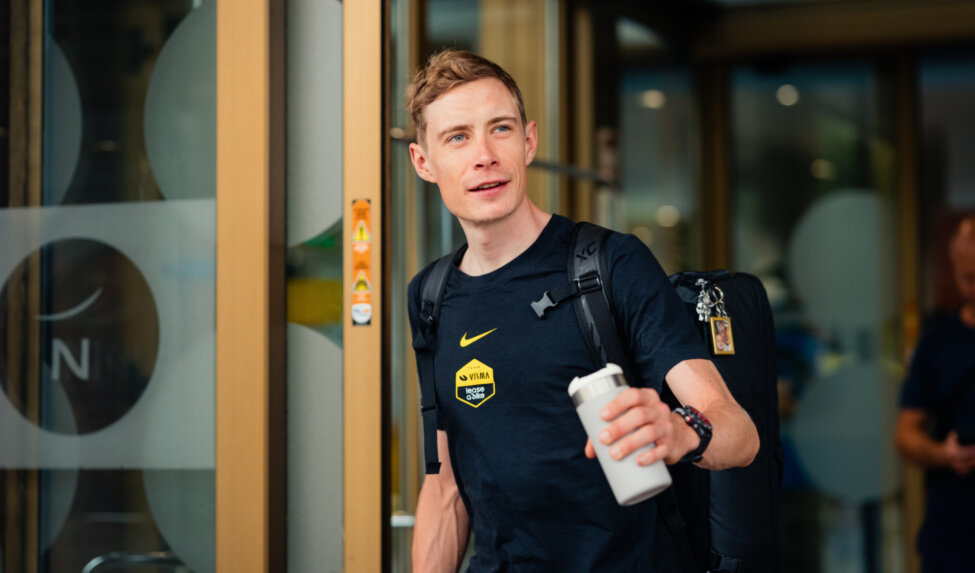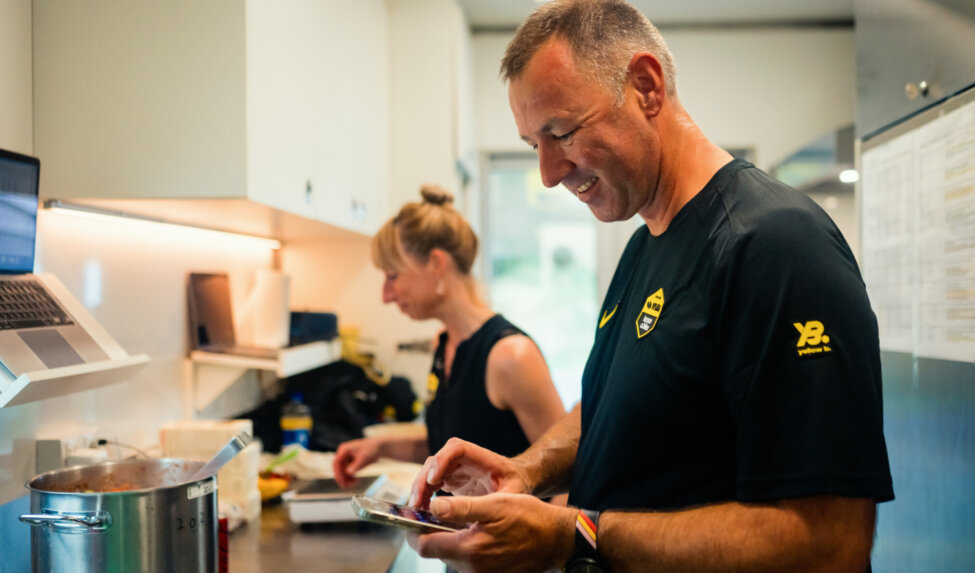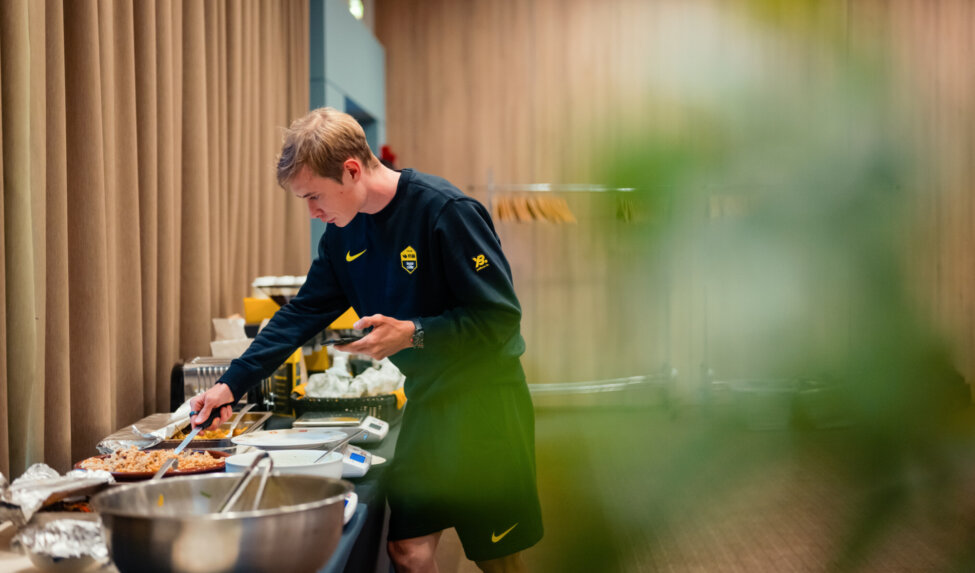Food Friday - This is how you choose a sports drink
Sports drinks come in different flavors and variants. The flavor is a personal choice, but when do you need to go for a hypotonic, isotonic or hypertonic drink? In this Food Friday, we explain when and why our riders drink a particular type of sport drink or rather choose for some water.
Before we deep dive in the exact usage of sports drinks by our riders, it is important to understand the difference in the three types of sports drinks: hypotonic, isotonic and hypertonic.
Hypotonic drink
- A rehydration drink
- Less than 4% carbohydrates
- The main purpose is to rehydrate due to the low amount of carbohydrates
Isotonic drink
- A thirst quencher
- 4 to 8% carbohydrates
- A perfect compromise between rehydration and the consumption of carbohydrates due to the balance of fluid, minerals and carbohydrates
Hypertonic drink
- An energy drink
- 8 to 15% carbohydrates
- The high dose of carbohydrates might limit the fluid absorption, so hypertonic drinks are mainly used in situations with limited fluid loss (e.g. cold weather), but when extra energy is more than welcome
"There is not one perfect sports drink for all rides"
The ideal sports drink for our riders consists, per 100ml, out of 4-8 grams carbohydrates, 0,04-0,11 grams sodium, and as little as possible other substances. The carbohydrates replenish the riders with energy, and the sodium improve the fluid absorption and restore the salt level (lost by sweating). Other substances, such as vitamins, are not needed during a ride.
That being said, there is not a single sports drink which can be drunk by all our riders and meet all requirements under all circumstances. For instance, the weather determines our riders’ need for a thirst quenching drink instead of an energy drink. The fluid management strategy is determined per rider, per ride. We do use a rule of thumb, which you can use as well if you’re an active cyclist yourself:
- <45 min. cycling: drinking water is sufficient
- 45 to 75 min. cycling: besides drinking water, consume small amounts of sugar via an isotonic drink or energy gel/bar (about 30 grams)
- 75 min. to 2 hours cycling: besides drinking water, consume 30 to 70 grams of sugar per hour via a sports drink, energy gel or energy bar (amount depending on the intensity of the ride)
- >2 hours cycling: 90 grams of sugar per hour, which is only possible with a combination of glucose and fructose. Those two types of sugar are absorbed by the body via different routes. In that way, our riders can consume more than the maximum of 60 to 70 grams of sugar per hour if they would only consume glucose. A principle known as “ratio 2:1 multiple transportable carbohydrates” (ratio 2:1 glucose/fructose).
To be able to exercise, our muscles need fuel to deliver energy. That fuel mainly consists out of fat and carbohydrates for endurance athletes like our riders. The type of fuel your body uses depends on the length and intensity of a workout. Fat reserves are used during low-intensity exercises. The level of fitness plays a role as well. A well-trained athlete has sufficient fat reserves to last through a couple of easy trainings for a few days in a row.
Fat reserves are a perfect energy provider during low intensity trainings, but it is a relatively slow process. The carbohydrate combustion creates energy a lot faster compared to the fat burning process. However, our body cannot store a lot of sugar. For that reason, our riders always eat and drink sugar (carbohydrates) before and during a ride. The more sugars a rider can consume and use per hour, the higher the intensity of a ride he can endure.
A ports drink or water with some salt and an energy gel/bar on the side: the choice is all yours. The most important thing we focus on, is that our riders consume a sufficient level of carbohydrates, fluid and minerals on a ride, taking the weather and intensity of a ride (among other things) into consideration.










